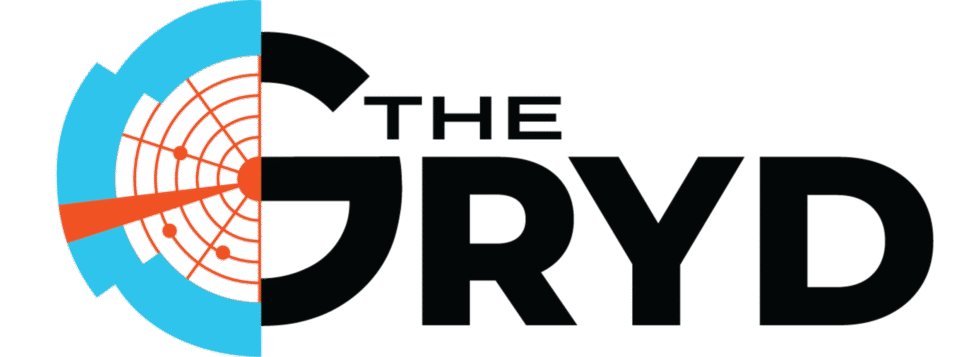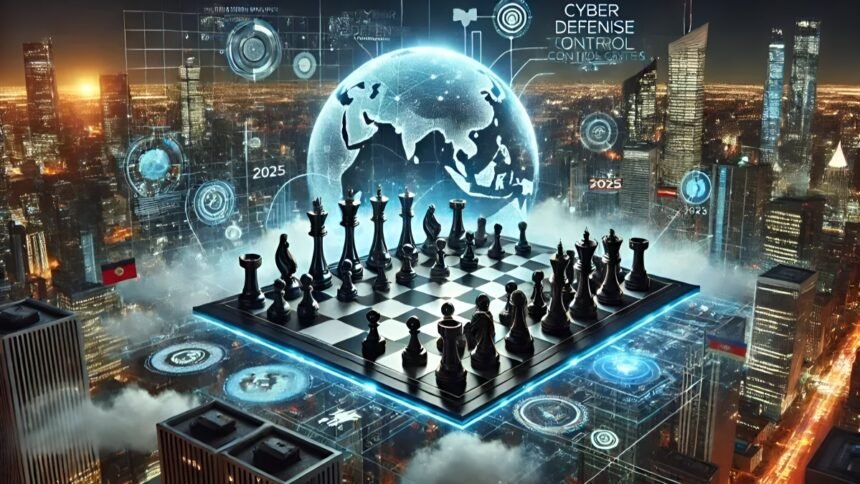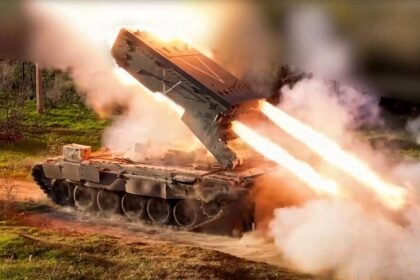In 2025, leadership isn’t claimed at the UN table—it’s fought for in boardrooms, battlefields, and backchannels. The top 5 global leaders—Modi, Trump, Putin, Xi, and Albanese—define this era, reshaping geopolitics through strategy, power, and influence. India’s PM Modi as the strategic balancer. USA’s President Trump as the disruptor. Russian President Putin as the survivor. Chinese President Xi as the militarist and architect. Australian PM Albanese as the coalition-builder. They redrew the map from Washington to Beijing, New Delhi to Moscow, and Canberra to the Pacific.
- Narendra Modi – India’s Strategic Balancer
- Vladimir Putin – The Master of Attrition
- Xi Jinping – Architect of Controlled Chaos
- Donald Trump – The Chaos Manager Returns
- Anthony Albanese—Australia’s Emerging Middle-Power Architect
- Global Leaders Comparison and Reliant Partners
- Global Leaders Power Play: SCO vs. QUAD in 2025
- Conclusion: Who Really Shapes the Board in 2025?
- Top 5 FAQ: Which Global Leaders Holds Power in 2025?
Their fingerprints are everywhere – wars in Ukraine and Gaza, weapons flooding trade routes, and defense pacts shifting balances. India ships BrahMos to Manila, China parades tanks in Beijing. The U.S. chants “America First” while conveniently backing Pakistan – the same Pakistan that exports terror like a national industry. Militants are pumped across Indian borders, while jihadist networks are funneled worldwide from Afghanistan to the Middle East, destabilizing entire regions.
India’s security grid keeps blunting these incursions, exposing Pakistan’s chaos strategy as futile. Yet Washington still gifts Islamabad political cover, proving America’s “war on terror” is more theater than principle.
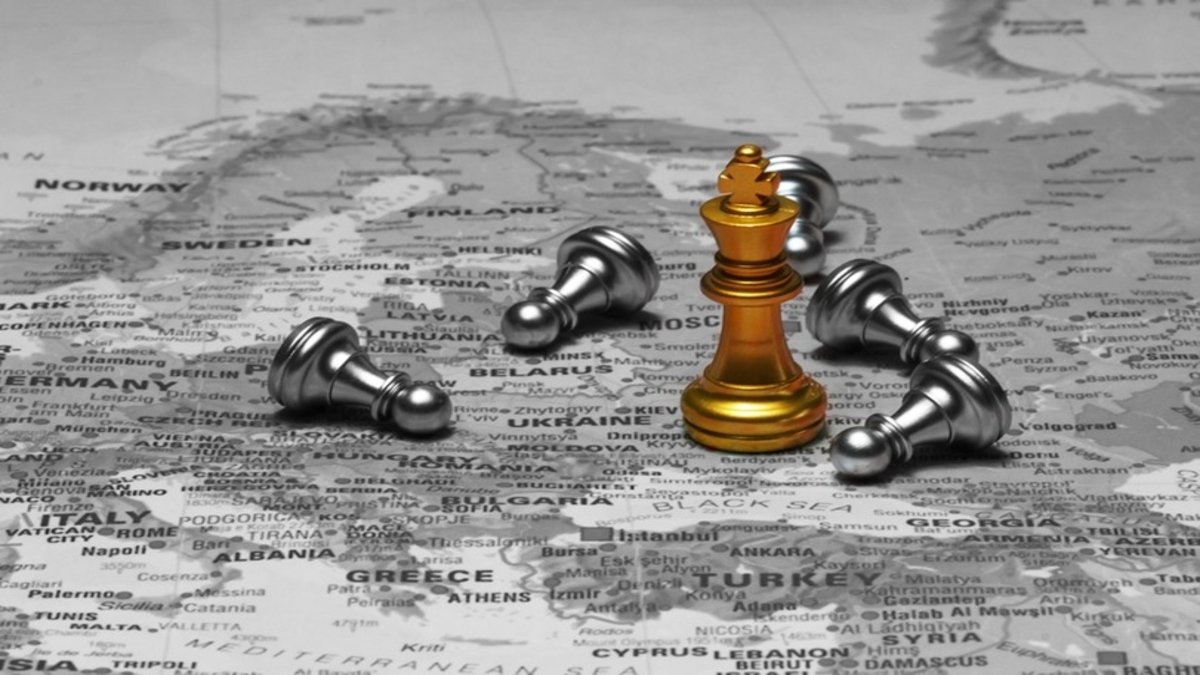
Russia claws for relevance through war, Australia flexes as a middle power. The board is dominated not by one hegemon but by five players forcing the world to adjust. The real game isn’t about who leads – it’s about who survives when alliances crack, wars grind on, and Pakistan keeps proving why it’s the world’s terror factory.
Narendra Modi – India’s Strategic Balancer
Prime Minister Narendra Modi, one of India’s longest-serving leaders since Nehru, continues to shape the nation’s rise as one of the global leaders. In 2025, his hallmark has been more of advancing technology sovereignty and defence self-reliance as demonstrated through indigenous fighter jet trials, a national semiconductor mission, and even carrying out one of the most successful operations, Operation Sindoor. At the SCO Summit in Tianjin, PM Modi had projected India as a no-doubt decisive swing strategic power, engaging more with the developed countries like the U.S., Russia, and China on equal footing. Through various initiatives in digital trade, renewable energy, and also as one of the global leaders of the world, he has even positioned India as a bridge between East and West and a principal strategic balancer of the emerging world order.
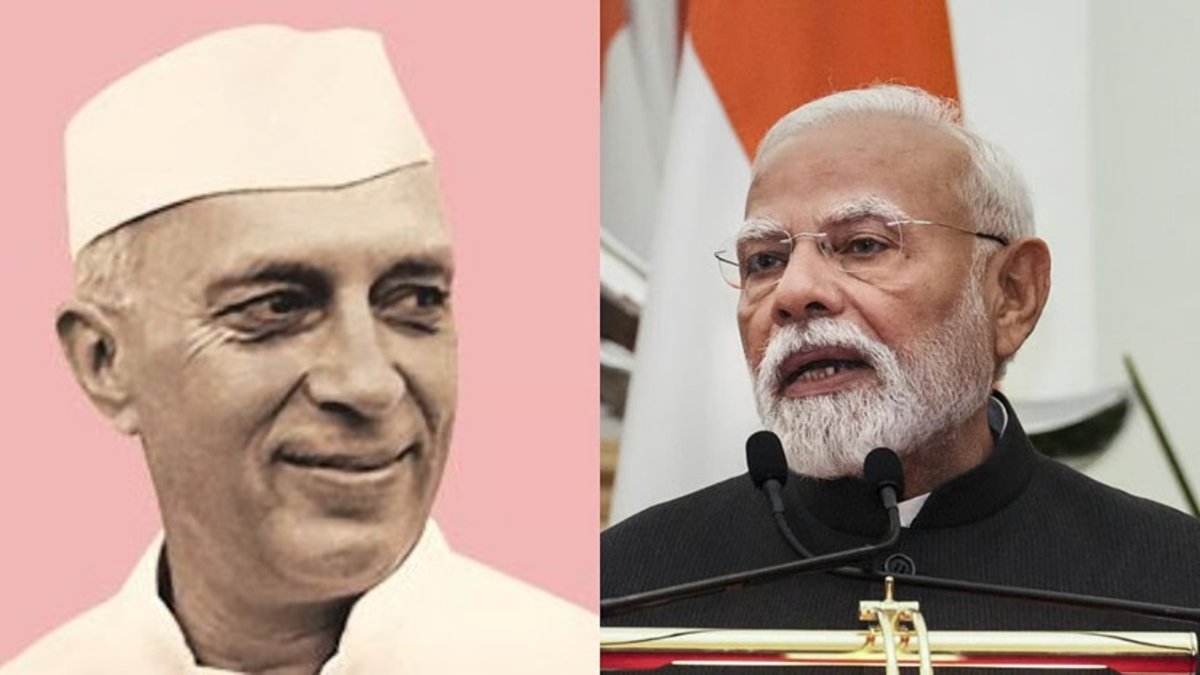
Key Actions and Impacts
- Military & Security: India has strengthened forward deployments of troops along the LAC to deter PLA coercion. Even showcased accurate and precise strike capability for rapid cross-domain response, and even advanced massively in defense exports—from BrahMos deliveries to the Philippines to drones for Nepal. This enhances India’s role as a trusted strategic power and a regional security partner.
- Economy & Trade: With India’s GDP growing up to 7.8%, India has remained as one of the fastest-growing major economies. While diversifying towards Southeast Asian and African countries to reduce exposure to global decoupling risks
- Diplomacy: Prime Minister Modi optimized energy relations with Vladimir Putin and improved defense-tech collaboration with the U.S. At the SCO Summit, they are respected as the global regional representative and an uptrend power.
- Impact: Self-reliance in defense, cyber and ecological corridors, and regional leadership spanning decades has made India the balancer of the Indo-Pacific region.
Criticism and Future Outlook
India’s unemployment, industrial shortcomings, and corruption hinder foreign investment, thereby rendering it a second choice for global companies. India plans on adaptation under Prime Minister Modi’s digital trade, clean energy, and South-South cooperation strategy. He intends to establish the nation as a self-sufficient center, achieving growth and stability without becoming Washington’s puppet or Beijing’s antagonist. The test lies in addressing domestic bottlenecks without eroding external trust.
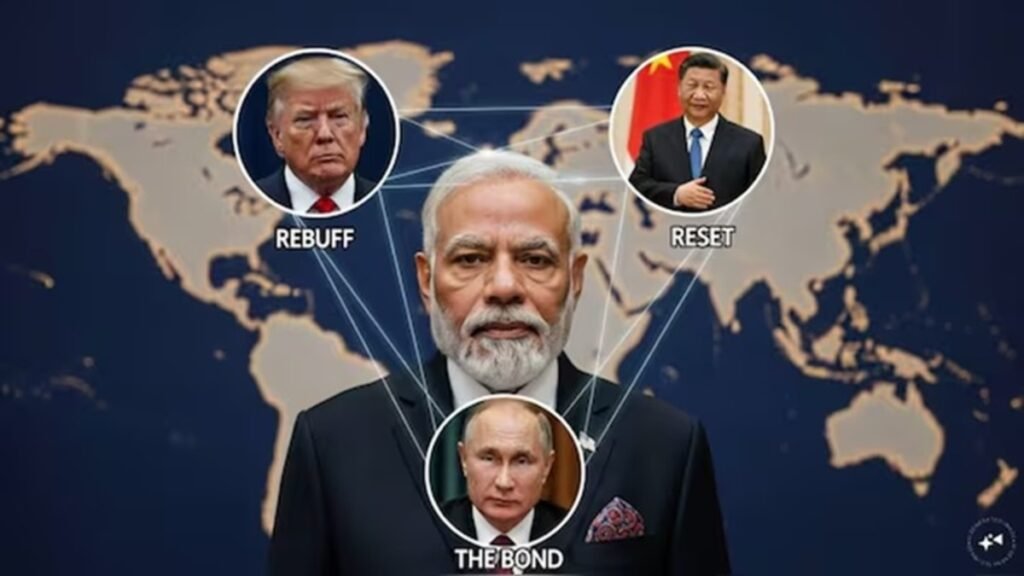
Global media sees PM Modi as one of the influential global leaders and pragmatic balancer—not flawless, but difficult to ignore. Public opinion abroad largely views India as a reliable partner in supply chains compared to China’s coercion or America’s inconsistency.
📺 Watch Unbiased Global Defence Analysis & Geopolitical coverage on “The GRYD“
Vladimir Putin – The Master of Attrition
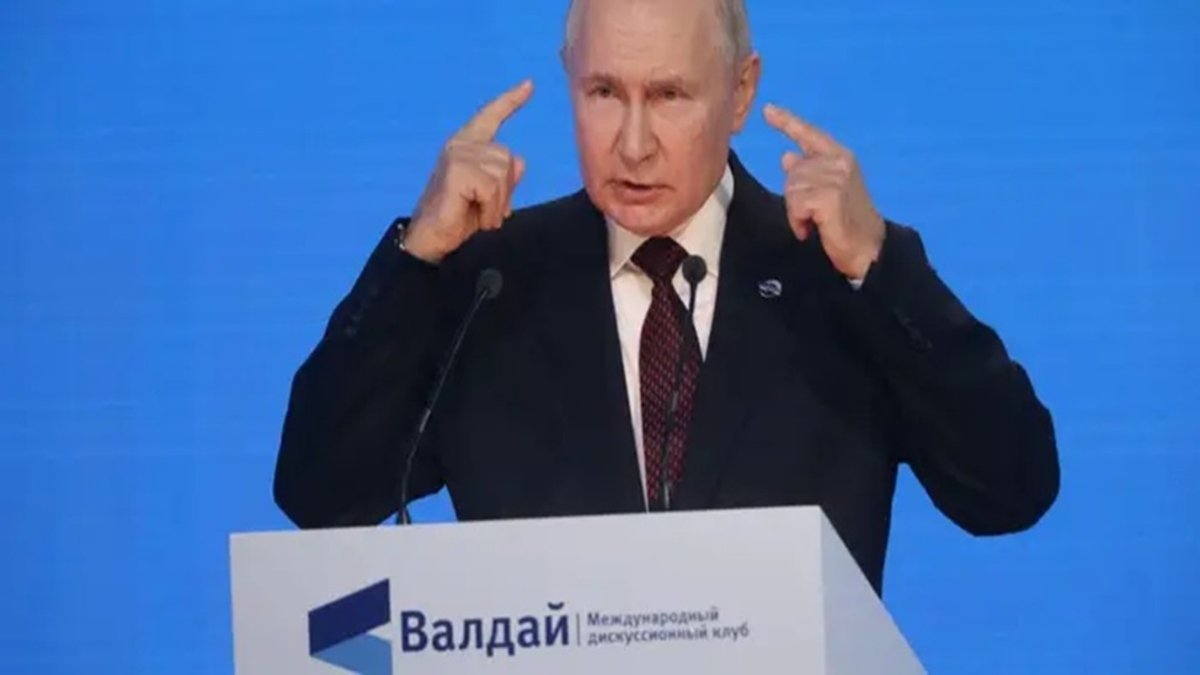
Vladimir Putin enters his third decade of ruling Russia with scars of war but also a reputation for survival under siege. The sanctions were instilled on Russia during 2022 with the thought that they would prevent it from attacking. Yet they failed in their job and spurred innovation there. Russia maintained strategic relevance despite the events in Ukraine turmoil through strengthening trade in energy and military collaboration with India and China.
Key Actions and Impacts
- Military: Russia has used extended-range attacks, electronic warfare, and drones to weaken Ukraine’s various defenses that were provided to aid them and even choked NATO supply lines. Munitions and unmanned aircraft output compensated for battlefield losses, but workforce and domestic strain still remain.
☢️ Inside Russia’s ‘Dead Hand’: the chilling doomsday machine that haunts America.
- Economy & Trade: Energy sales to China, India, and the Middle East kept Moscow solvent. The pivot toward the BRICS currency framework challenges dollar dominance.
- Diplomacy: At the SCO Summit 2025, President Putin portrayed the NATO alliance as merely overextended and overstretched . While also portraying Russia as the region’s strategic power as well security protector.
- Impact: Russia was initially regarded as economically weak but militarily strong by its counterparts. But due to President Putin’s strategies, it kept him in power, but it led to deepened Western isolation.
- Strategic Power: Among the top global leaders, Vladimir Putin defies the West through energy exports, hybrid warfare, and alliances beyond the Western fold.
Criticism and Future Outlook
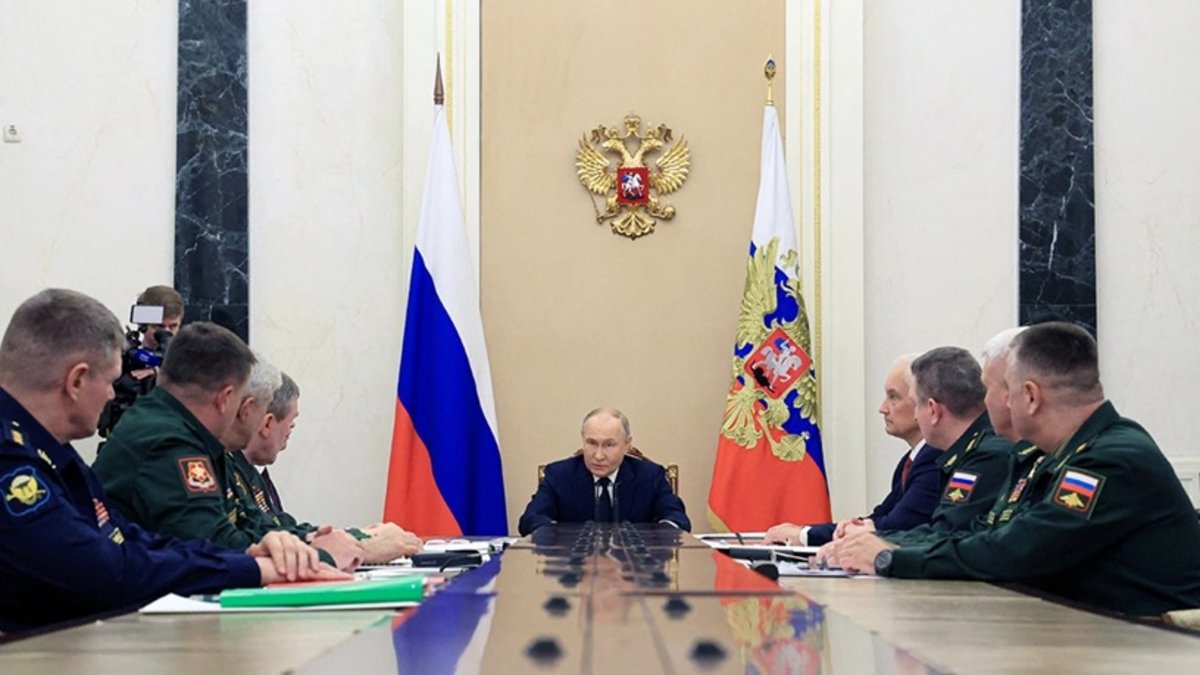
Russia’s economy still bleeds under tech restrictions, and demographic decline looms. Yet Putin’s long game is clear: build a multipolar system where Russia is indispensable in energy, arms, and Arctic trade.
Experts call him the “master of attrition”—outlasting adversaries until their political will breaks. Western outlets paint him as isolated, but in the Global South, Putin is admired as a leader who refused to bow.
Xi Jinping – Architect of Controlled Chaos
President Xi Jinping’s China is more assertive than ever. While domestic issues—the real estate crisis, youth unemployment, and slowing growth—heavily criticize and challenge him. President Xi has tackled the problems by projecting devastating influence abroad. The Belt and Road Initiative 2.0 projects in Africa and Central Asia tightened economic dependency, while aggressive moves in the South China Sea have raised severe multiple alarms.
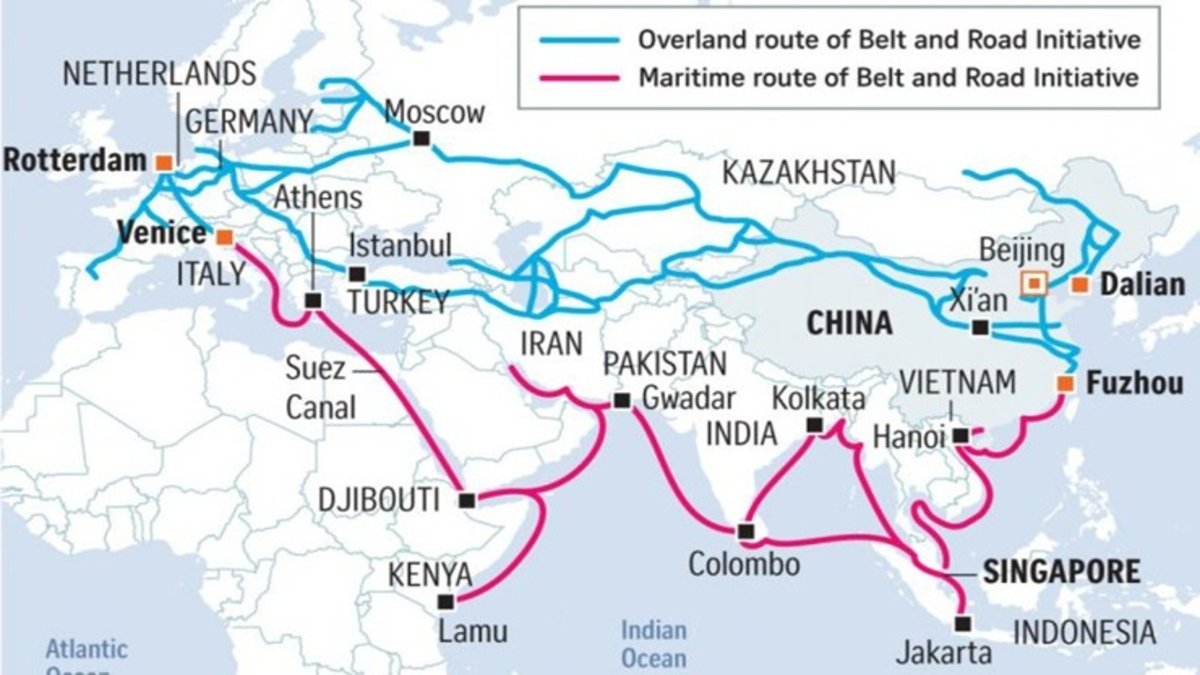
Key Actions and Impacts
- Military: China’s full nuclear triad—the JingLei-1 air-launched missile, JuLang-3 SLBM, and new DongFeng ICBMs—as well as hypersonics, artificial intelligence swarms, and cutting-edge naval and air capabilities were first displayed during the Victory Day parade on September 3, 2025. It was only a crude way of showing Taipei, Tokyo, Delhi, and Washington how powerful they were.
- Economy & Trade: Despite having slowdown concerns, China still remains the world’s topmost exporter. With cheap EVs and green tech, they continue to destabilize Western markets, fueling decoupling.
- Diplomacy: President Xi openly raised concerns about the IMF and World Bank standards and protocols at the SCO Summit 2025, positioning China as the supreme leader of a parallel order.
- Strategic Power: President Xi, one of the top global leaders, leans on party control, state capitalism, and tech self-sufficiency—projecting dominance abroad while tightening grip at home.
Criticism and Future Outlook
Chinese authorities’ clampdowns and several instances of debt-trap diplomacy fuel resentment. Analysts worldwide warn Beijing’s overreach could backfire, as seen in the recent African protests against Chinese labor practices. Xi’s future strategy remains expansionist, aiming for technological supremacy by 2030.
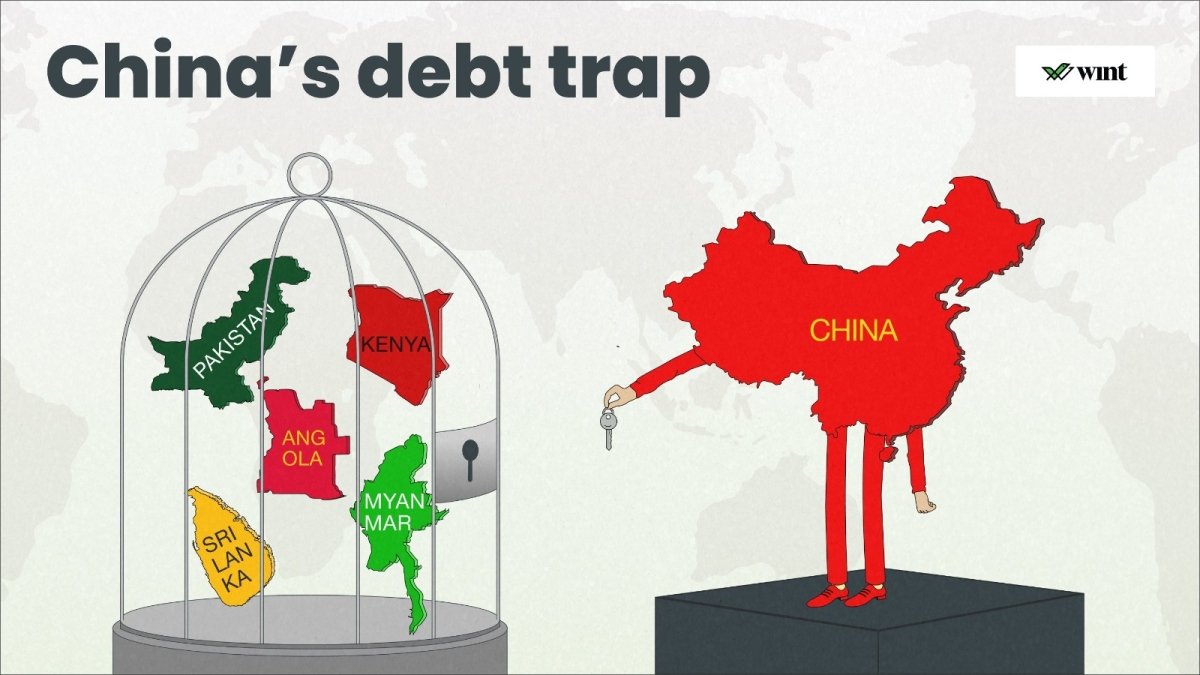
Global outlets call Xi the “disruptor-in-chief”, admired by some for efficiency but feared by many for coercion. Public opinion in Asia is wary—seeing prosperity tied to China but sovereignty under threat.
Donald Trump – The Chaos Manager Returns
Back in the White House, Donald Trump is as polarizing as ever. His administration thrives on America First theatrics, slashing commitments abroad while loudly demanding allies “do more.”
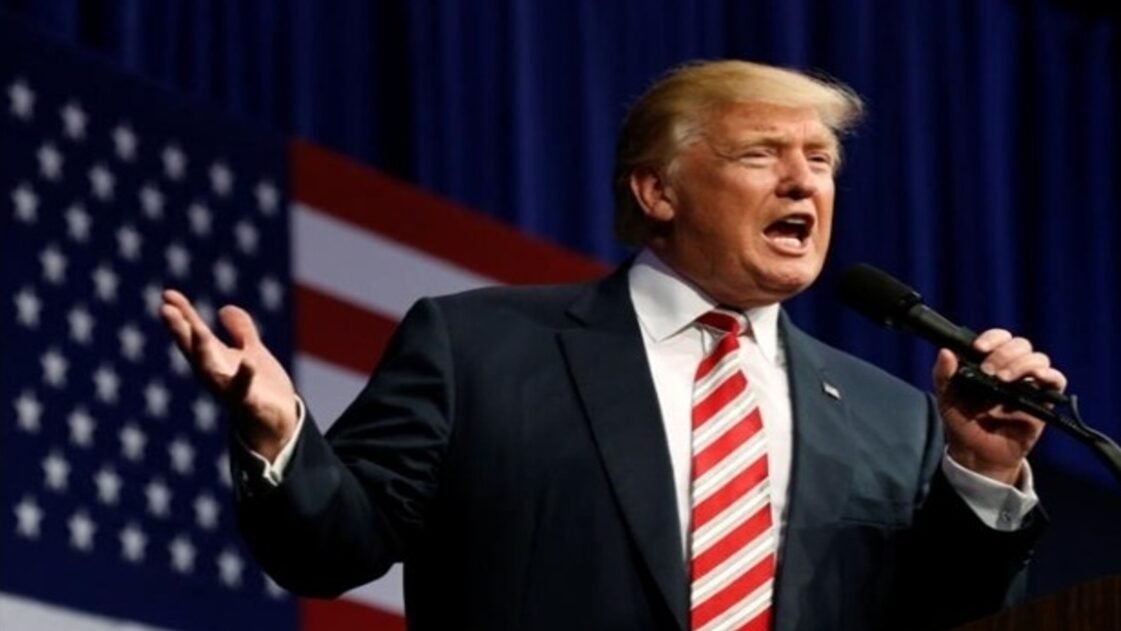
Skipping the Quad Summit was another classic Trump move—talking tough on China while ducking real cooperation. In 2025, his playbook hasn’t changed much: tariffs back on the table, NATO shaken with mixed signals, and endless rallies at home branding every move as “historic.” Global strategic power? More tweets than treaties. Desperate for a Nobel Peace Prize, he has been nudging allies to float his name and even went so far as to embrace credibility from a terror-sponsoring nation like Pakistan just to secure a nomination—because nothing says “peace” like outsourcing it to Islamabad.
Key Actions and Impacts
- Military: In Red Sea/Yemen U.S. forces had conducted repeated strikes on Houthi targets in Yemen. After attacks on commercial shipping—protecting sea lanes while widening regional friction—but they weren’t successful. Ultimately had to bow down to them and had to meet with a truce. The U.S. military launched retaliatory strikes against IRGC-aligned militias in Iraq/Syria after proxy attacks—Washington insists on deterrence without full escalation.
- Diplomacy & Summits: Skipped the Quad Summit while lecturing allies on burden-sharing—textbook Washington: “Do as we say, not as we do.”
- Economy & Trade: Tariffs reimposed on several countries across the world for goods sparked trade tensions. Tax breaks for U.S. corporations boosted Wall Street, but widened deficits. Ultimately resulting the citizens had to pay double the price on goods.
Criticism and Future Outlook
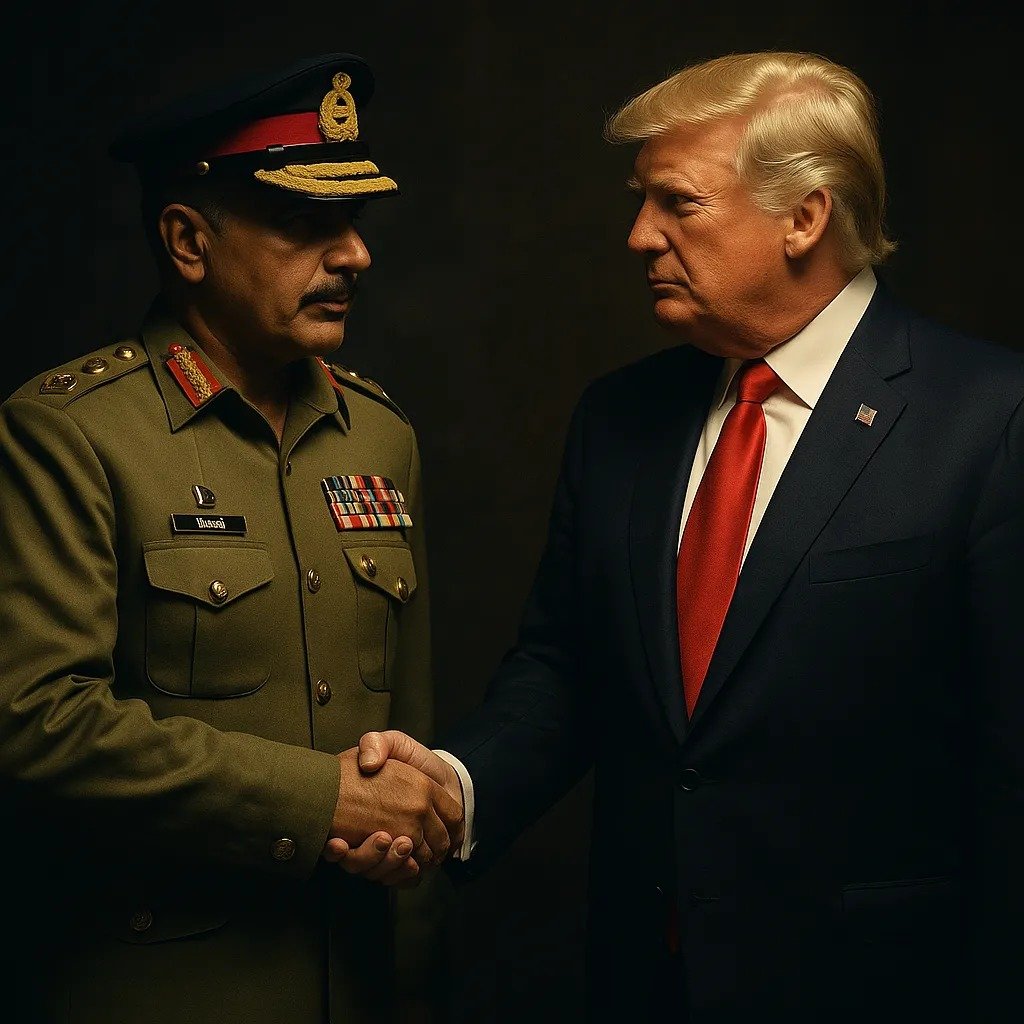
President Trump, counted among the top global leaders, shreds alliances with his erratic style even as he fortifies his populist base. Analysts see not strategic power but a string of transactional deals, each crafted to reassert U.S. primacy by breaking norms. Former NSA Jake Sullivan blasted him for “throwing away” ties with India over his family’s business dealings in Pakistan.
US has worked to build a relationship with India, a country that we should be aligned with on
Jake Sullivan told MeidasTouch
technology, talent, economics and so many issues.
I think because of Pakistan’s willingness to do
business with the Trump’s family, Trump has thrown away India relationship on side
The accusation that underscores how Trump’s impulses corrode credibility with partners like Germany and Japan. Experts brand him a “chaos manager,” thriving in disorder but leaving trust in ruins. Abroad, the verdict is blunt: America under Trump is powerful but unreliable—its credibility bleeding out under the weight of his showmanship.
Anthony Albanese—Australia’s Emerging Middle-Power Architect
PM Anthony Albanese, with proper planning, policies and strategic power, aided in transforming Australia from a cautious ally into a proactive Indo-Pacific shaper. His government’s defense acceleration plus climate-industry pivot positions Canberra as a reliable, values-aligned, hard-power partner—without performative bluster.
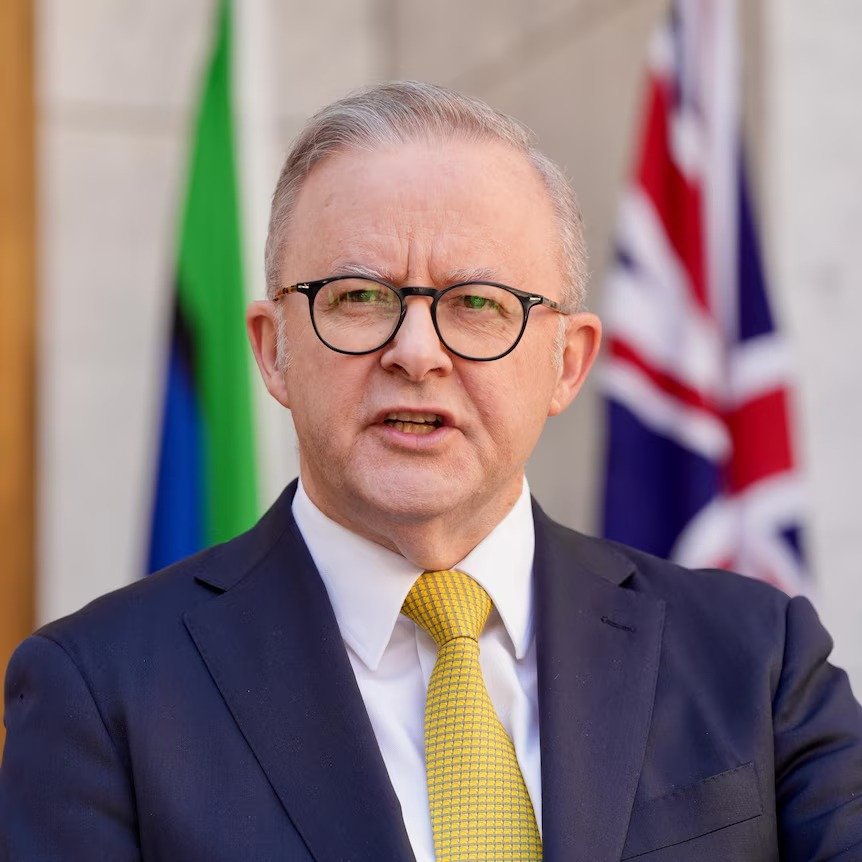
Key Actions and Impacts
- Military & Security: To pursue building strong deterrence in the area and guarantee smooth interoperability between the US and the UK. AUKUS—a trilateral security arrangement between Australia, the UK, and the US—has hastened developing several nuclear submarines, frigate ships, long-range striking projectiles, and unmanned aerial vehicles. The Royal Australian Navy has enhanced its joint training and patrols across the Indo-Pacific area. To underscore their adherence to the rule of law, they have even maintained the coordination of sanctions like the Western countries and assistance for Ukraine.
- Economy & Trade: As part of the circle of global leaders, Australia aims to be a credible source of LNG, rare earths, and lithium; diversification shields against pressure, with national security tied to advanced manufacturing, defense, and clean technology.
- Diplomacy: QUAD/ASEAN ties deepen; calibrated firmness toward China—stability without bowing to coercion. “Pacific Step-Up” expands climate, infrastructure, and financing support to counter rivals.
Critiques and Future Goals
Skepticism over AUKUS delivery timelines, budget strain vs. social needs, and the tightrope of engaging China economically while resisting pressure.
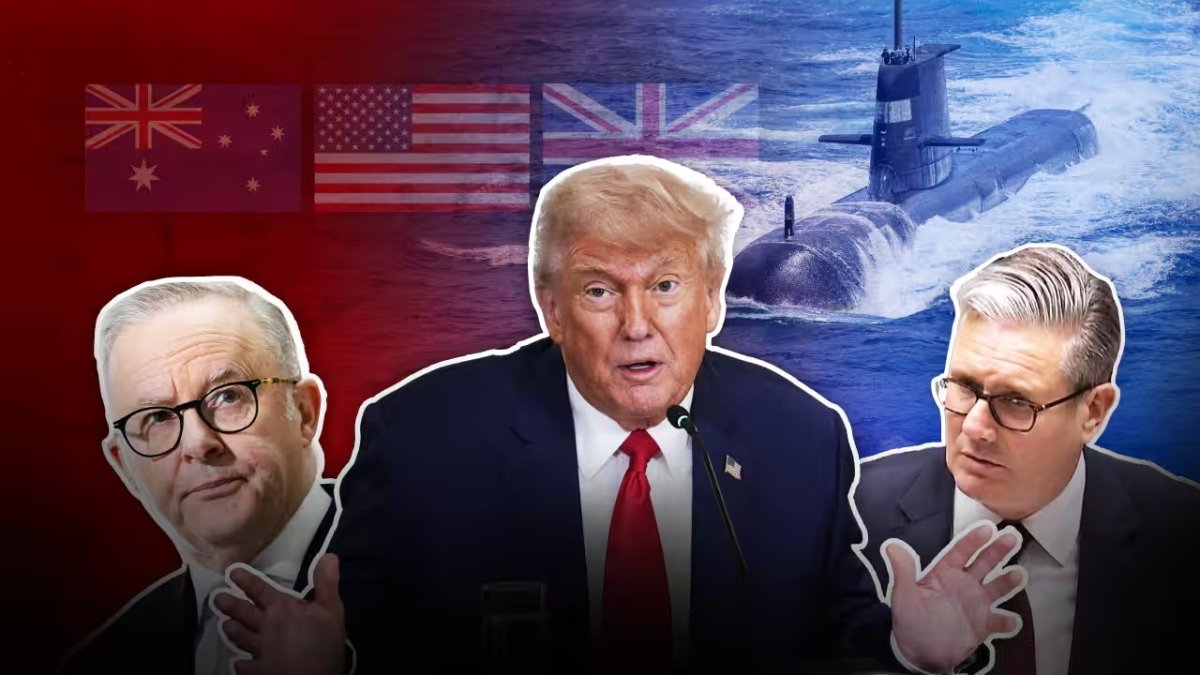
Field credible long-range deterrence by the 2030s. Cement role as Indo-Pacific’s middle-power anchor—linking QUAD, AUKUS, and Pacific outreach while locking critical-mineral supply chains for allies. Build a sovereign defense-industrial base ready to surge in crisis.
Global Leaders Comparison and Reliant Partners
| Country | Role & Reliability |
|---|---|
| India | Most dependable partner for trade, technology, and defense cooperation. |
| Russia | Provides hard security for nations resisting Western dominance. |
| China | Offers rapid growth, but demands economic dependence and political compromise. |
| United States | Holds unmatched power, but double standards — including support for Pakistan’s terror networks — undermine reliability. |
| Australia | Strengthens Indo-Pacific role, acting as a coalition builder and counterweight to China. |
Global Leaders Power Play: SCO vs. QUAD in 2025
The SCO Summit 2025 in Tianjin is marked as a multipolar shift with China, India, and Russia pushing in various domains like energy, AI, and trade cooperation alongside establishment of a new SCO bank. President Xi and Putin cast it as the East’s counterbalance to Western dominance across the world, while PM Modi reinforced India’s autonomy.
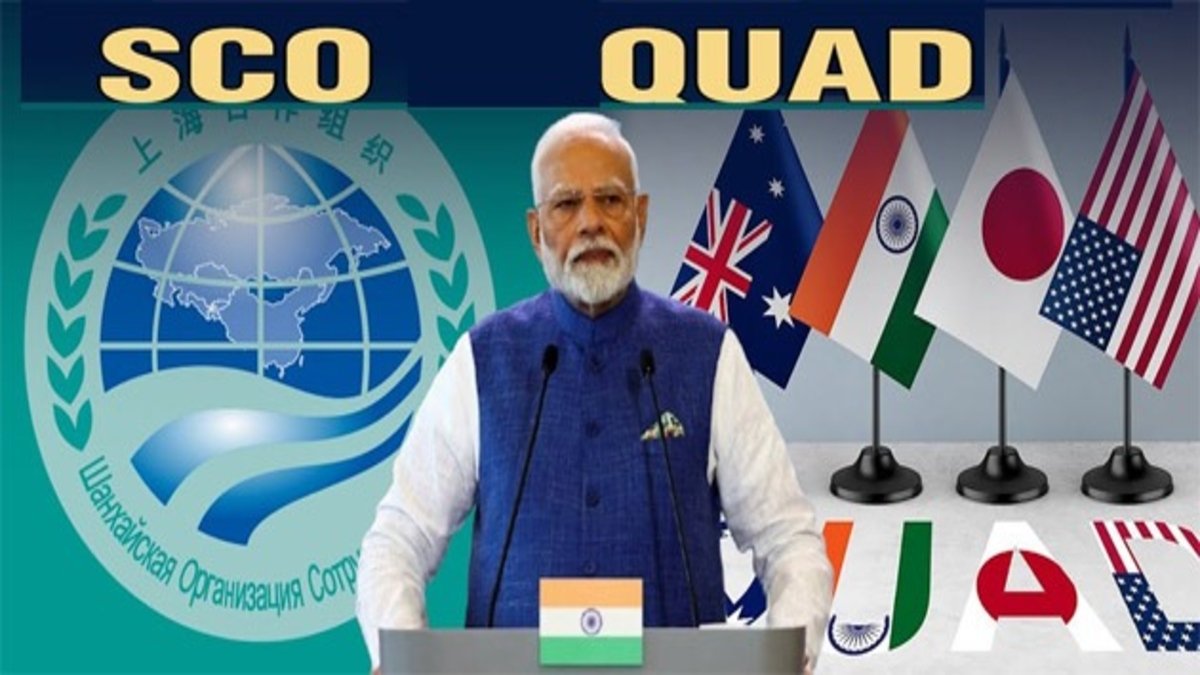
In contrast, the QUAD Summit in India stumbled. American President Trump has officially skipped it, citing disputes over India–Pakistan, trade, and also Russian ties—fueling doubts over U.S. reliability at present. Still, the Quad foreign ministers had initially met early this year when Trump took charge of the office. Even though they condemned the Pahalgam terror attack and vowed maritime cooperation, they never openly criticized Pakistan for providing safe haven to militants and terrorists, though unity looked fragile without Washington’s full weight.
Conclusion: Who Really Shapes the Board in 2025?
The year 2025 isn’t ruled by one superpower—it’s a five-player game. PM Modi balances growth with deterrence, exporting chips and missiles. Russian President Putin bleeds but bends, mastering survival through attrition. President Xi builds controlled chaos, projecting power abroad while dousing fires at home. President Trump plays businessman over president, flinging tariffs and missiles that thrill his base but rattle allies. PM Albanese proves middle powers matter, wielding steady hands in a shockwave world.
Reliability is currency: India and Australia anchor, Russia and China leverage at a cost, the U.S. dazzles with spectacle. SCO and QUAD confirm multipolarity isn’t theory—it’s reality.
The present era in 2025 is not the age of superpowers—it’s the age of super-calculations. Survival rewards flexibility, credibility, and timing. The scoreboard has changed.
Top 5 FAQ: Which Global Leaders Holds Power in 2025?
A. PM Modi, Trump, Putin, Xi, and Albanese are driving the new world order with military, economic, and diplomatic moves.
A. Because India blends defense self-reliance, fast economic growth, and neutral diplomacy—making it a bridge between East and West.
A. Trump’s tilt toward Pakistan, trade wars, and skipped summits weakened trust, leaving allies questioning U.S. reliability.
A. Xi’s military aggression, debt-trap diplomacy, and tech supremacy push fuel global resistance while keeping China dominant.
A. 2025 is multipolar—credibility and strategy matter more than brute power as alliances shift and wars drag on.
